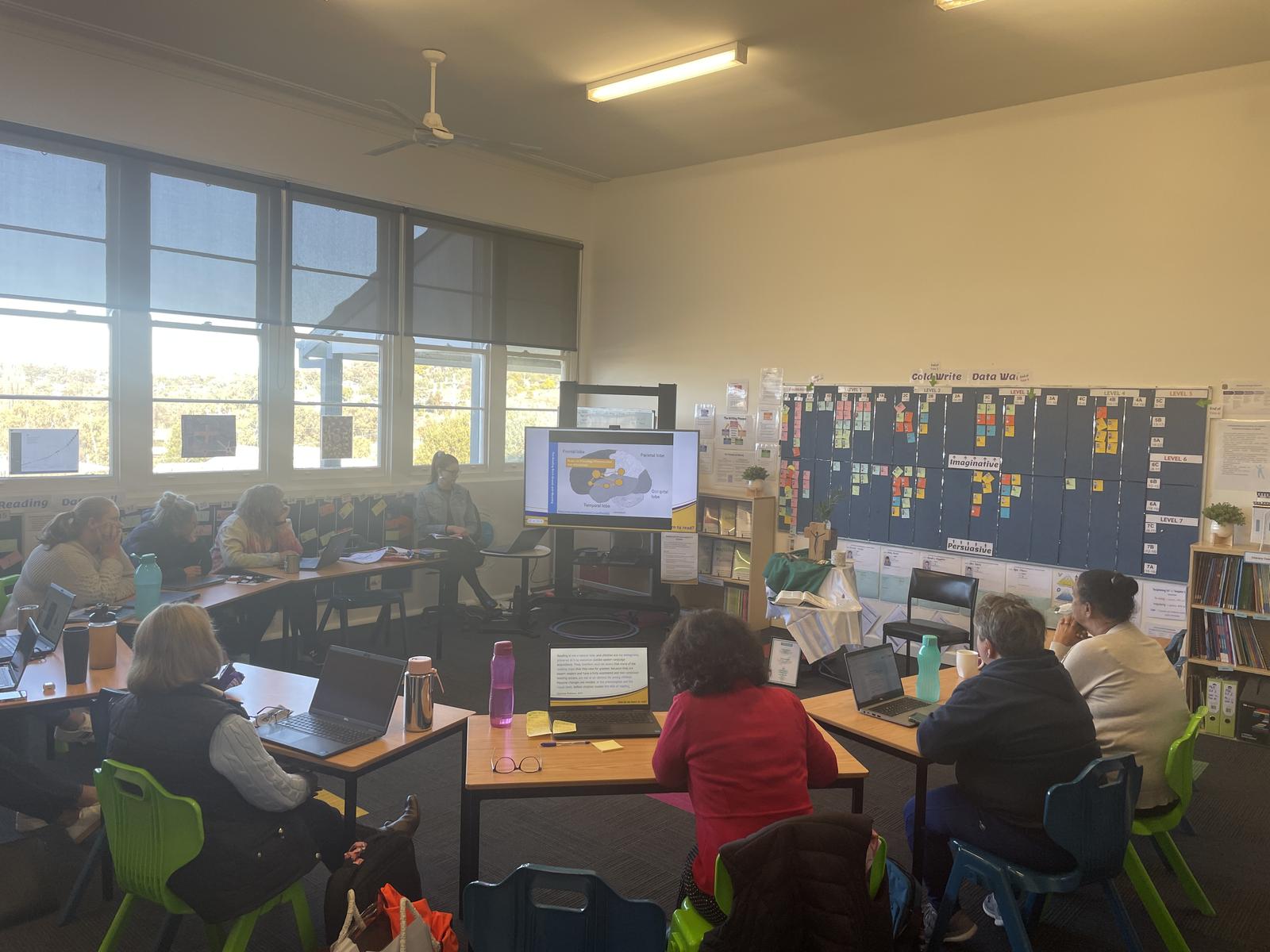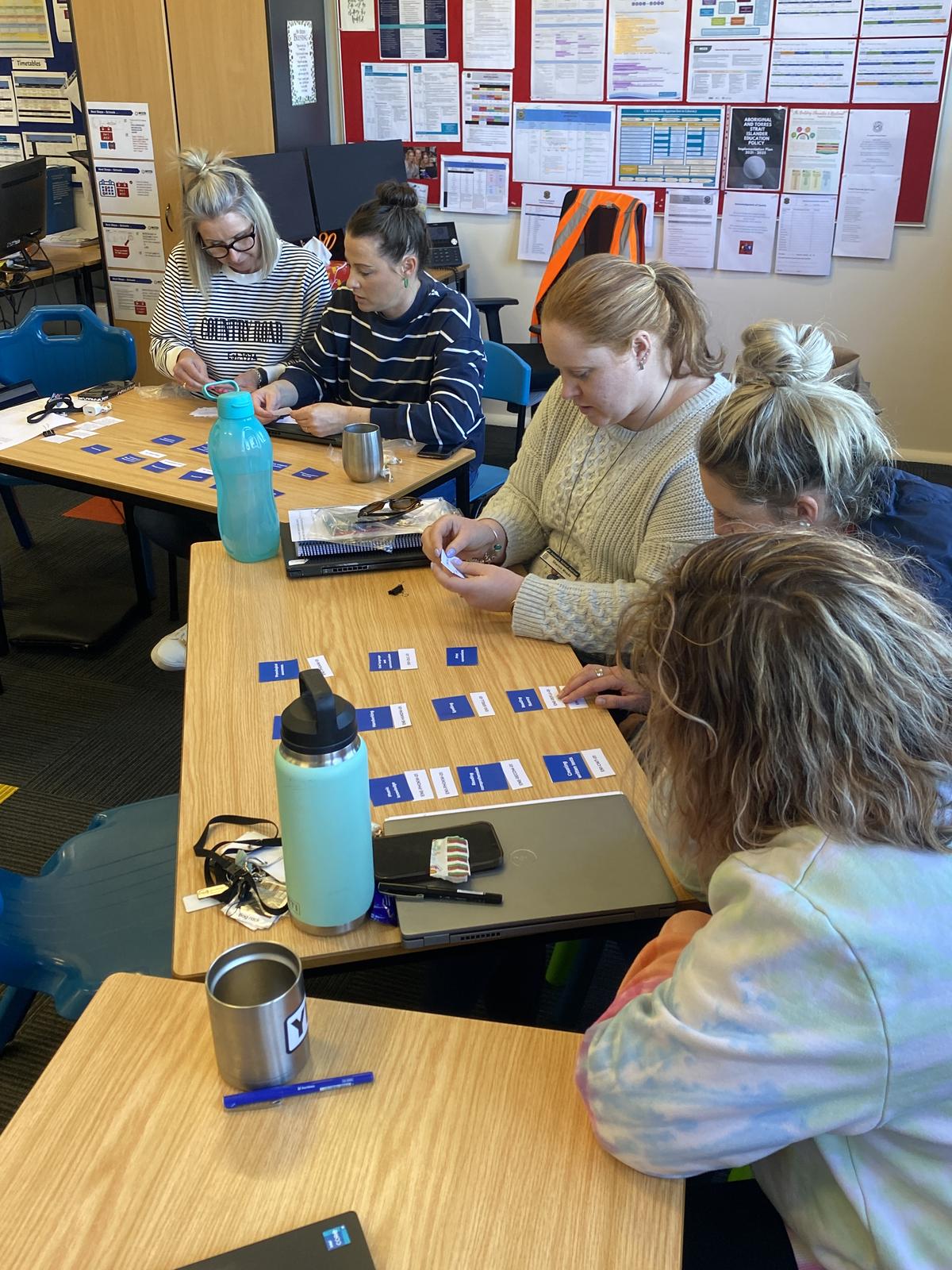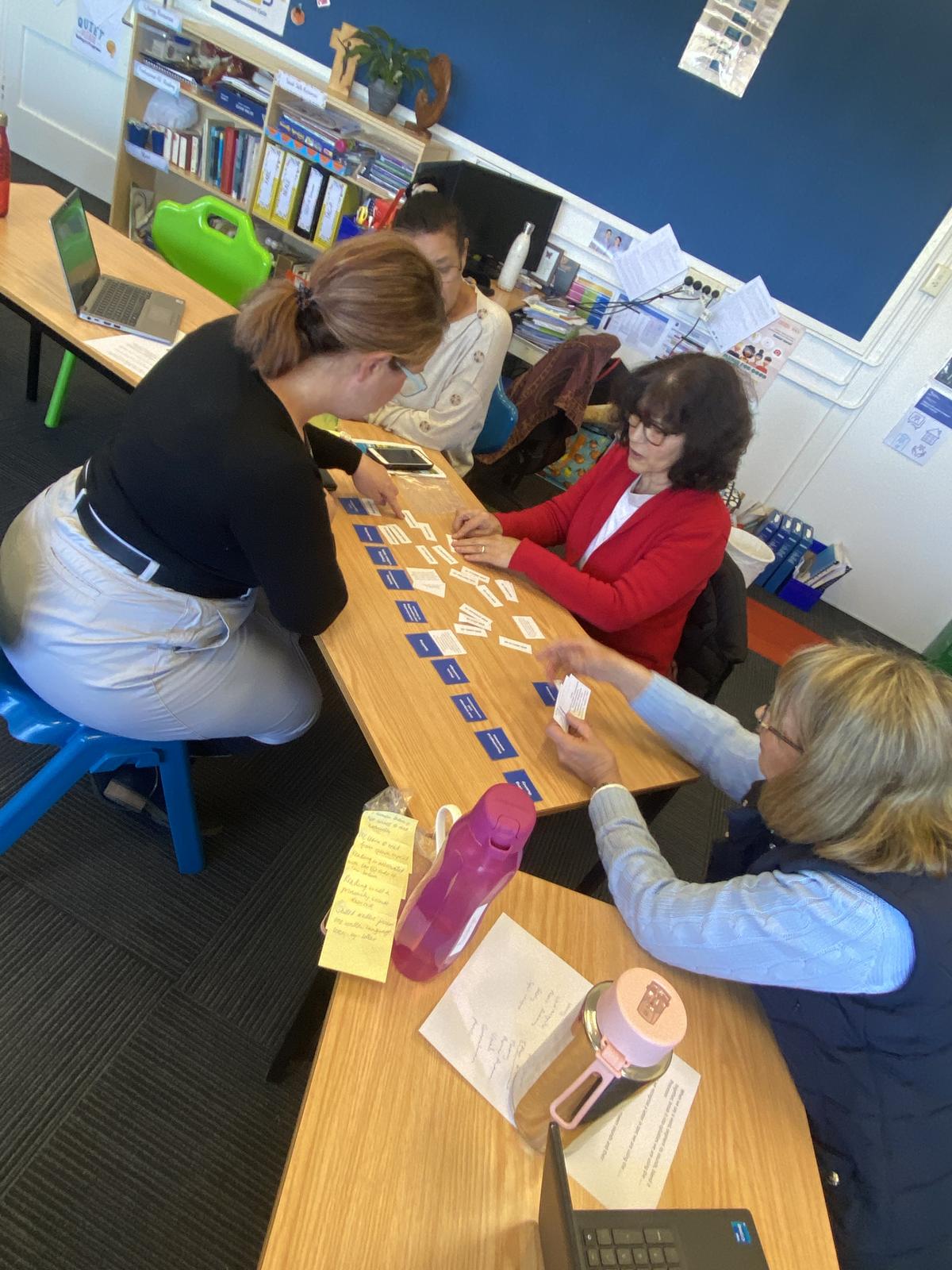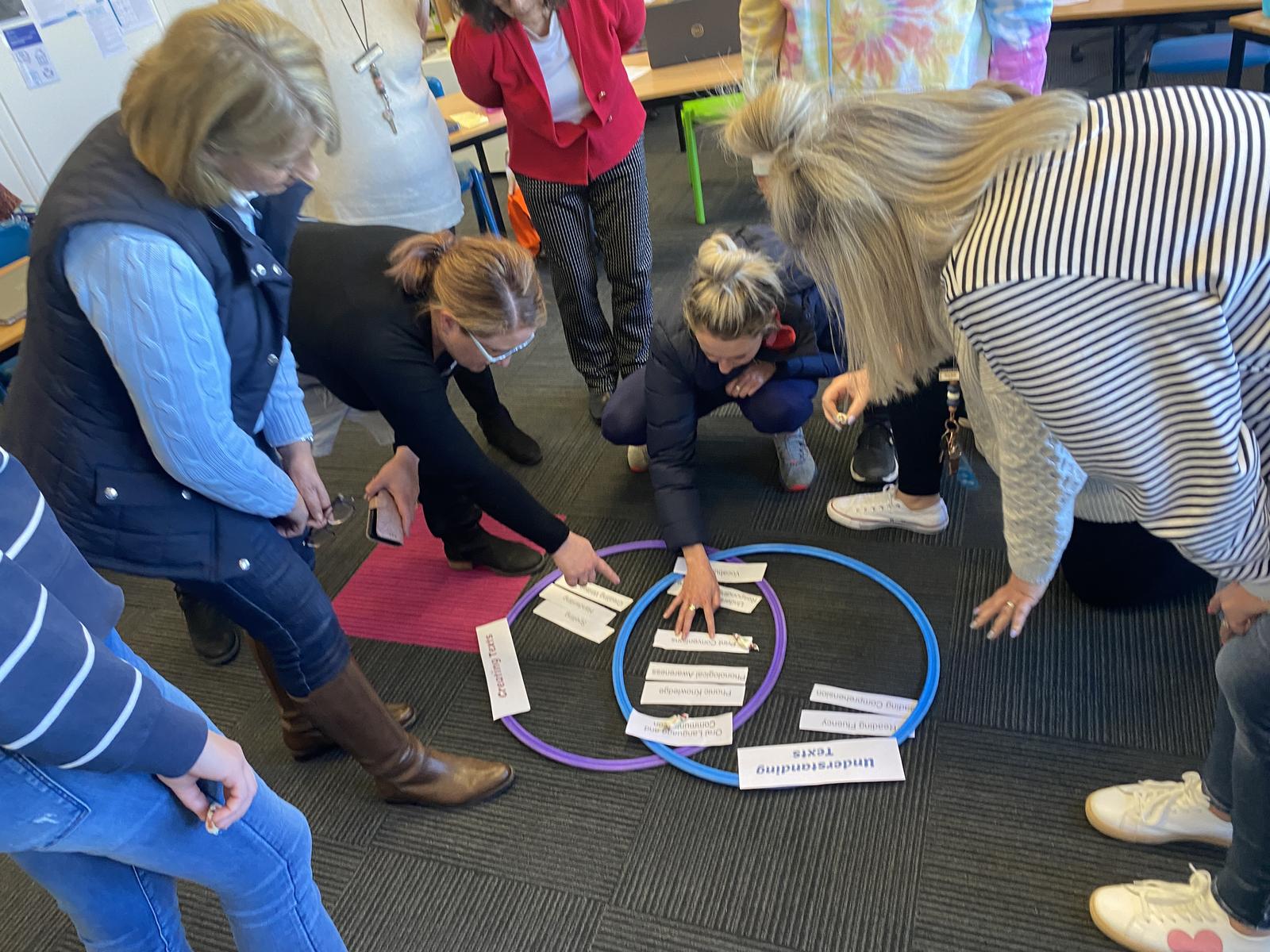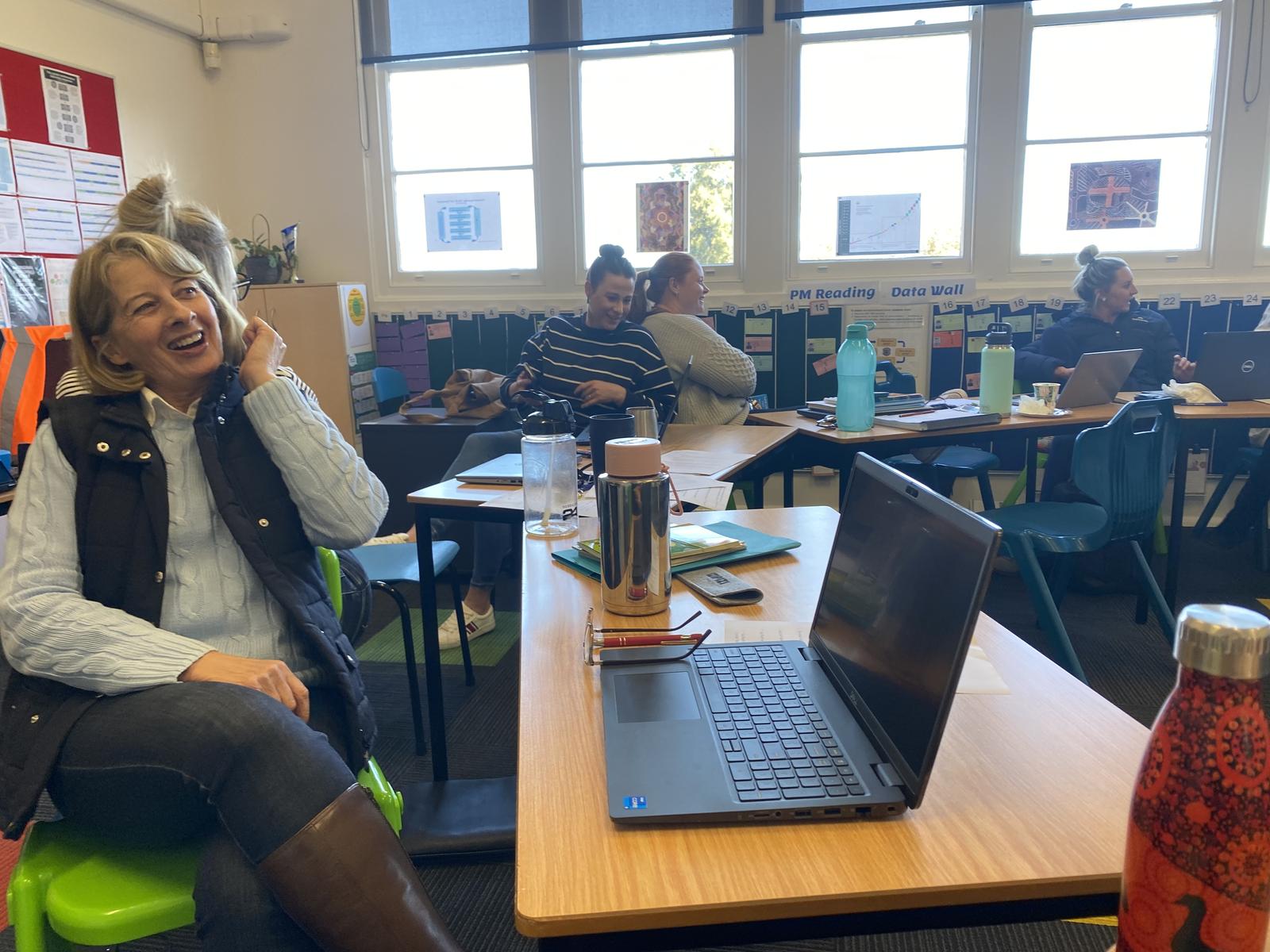Focus on Learning
Staff Professional Development Day - Monday 18th July
Rebecca Hofman - Leader of Pedagogy

Focus on Learning
Staff Professional Development Day - Monday 18th July
Rebecca Hofman - Leader of Pedagogy
Yesterday, staff spent the day involved in professional development targeted at developing our understanding of the new English K-2 Syllabus which will be implemented in 2023.
The first session of the day focused on the brain science behind learning to read. As educators playing a major role in teaching children to read, it is vital that we are equipped with the knowledge of how the brain acquires word recognition and reading skills. We begun with investigating the following key points about how the brain learns to read:
Staff then explored various models that have been developed by reading scientists and specialists over the years. These models help us to understand the various skills that are at play when reading. Such models include The Simple View of Reading (Gough and Tunmer, 1986), The Four Part Processing Model (Seidenberg and McClellend, 1989) and Scarborough's Reading Rope (Scarborough, 2001).
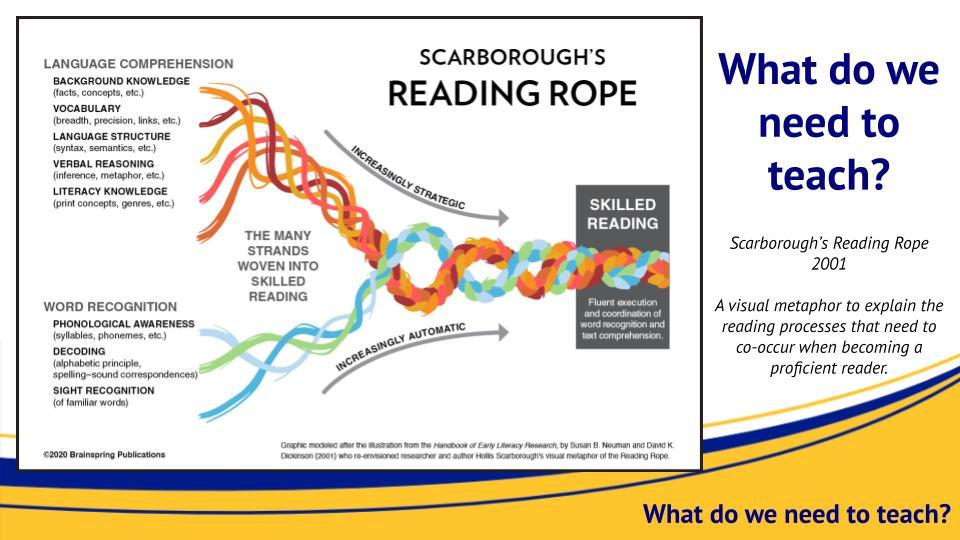
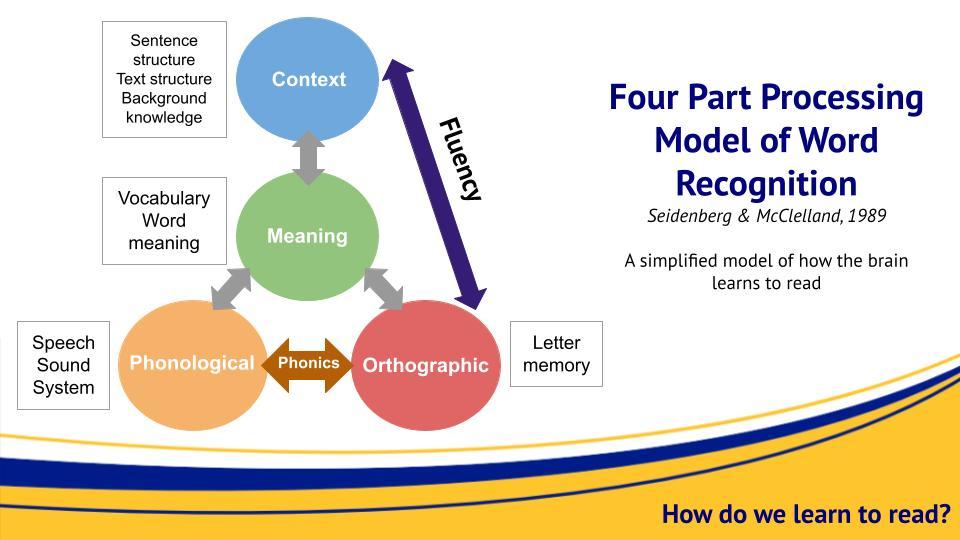
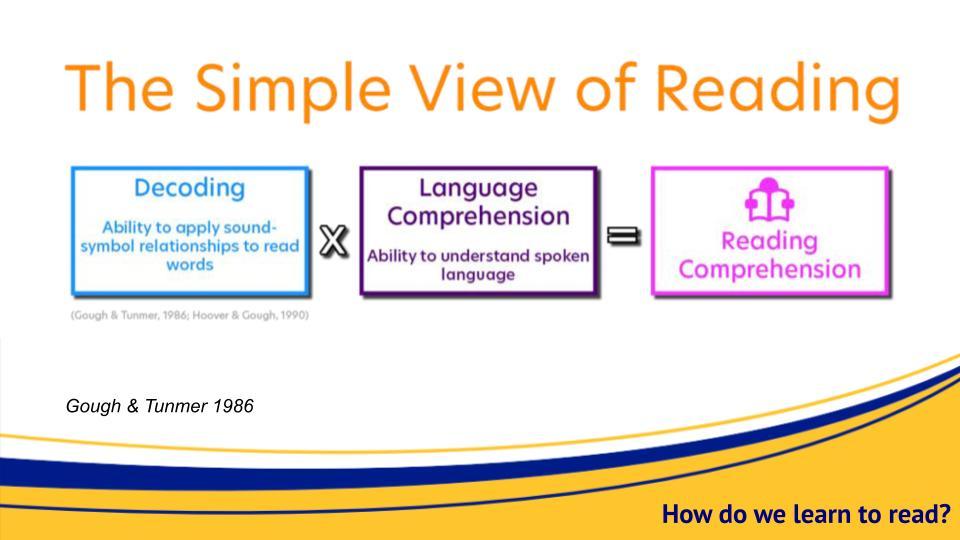



The new English K-2 Syllabus is a celebration in the recognition of the various skills involved in reading. The new syllabus, which will be implemented in our Kindergarten and Stage 1 classrooms next year, brings our focus back to the essential skills for early literacy development. Staff spent time becoming familiar with the new syllabus including its organisation and structure. The syllabus contains 11 outcomes that fall under two categories; Understanding Text and Creating Text.
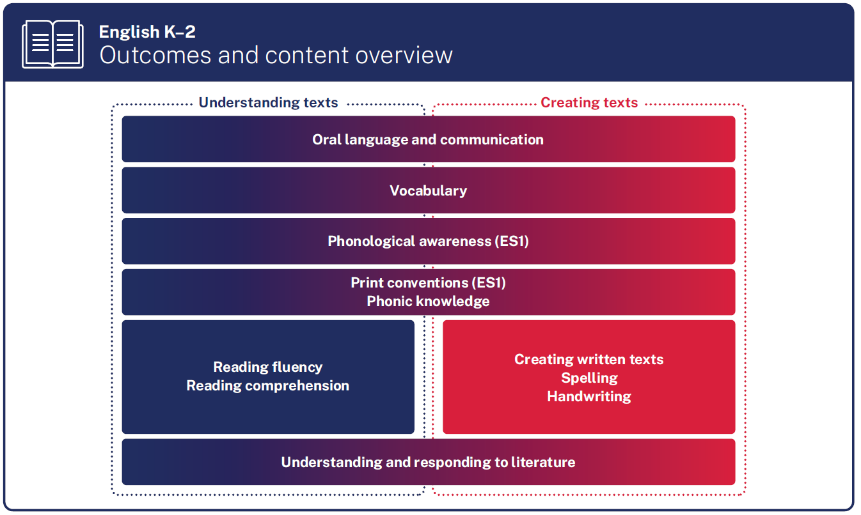

The final session of the day required staff to become experts in the field of Fluency, Oral Language and Vocabulary, and using decodable texts. In groups, staff delved even deeper into these aspects in the new syllabus and presented a range of practical teaching and learning activities that could be undertaken in the classroom to further support the development of reading skills.
I thank the staff for their involvement in this professional development. It is crucial that we, as educators, are lifelong learners and that we continually strive to offer the best education for the students in our care. The dedication that the staff of St. Joey’s School show in continuously updating their knowledge and practices for the benefit of the students is unwavering and something we are very proud of!
